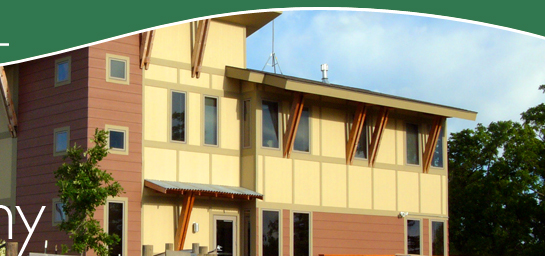Golf course architecture has a truly unique design process which allows the game to be played on a wide variety of playing fields, unlike any other sport in the world.
Craig Schreiner states, "A truly unique golf course is one that has adapted the game to the site through the experience of the architect. Nature never duplicates itself therefore; every golf hole design has the opportunity and should be truly unique. Each hole has the opportunity to link, bridge or skirt certain natural features of a site. I think that if you pay attention to a site, you will never duplicate a golf hole. That is the beauty of golf. It does not have to become routine, mundane or repetitive."
Nature's work is the original fabric for the architects of golf. The first serious golfers circuitously became the 'architect's of the earliest courses. The thought of altering the terrain was only first considered in a deliberate effort to add quality to the playing surfaces by taking relief from the overused 'green'. The wear and tear of daily play began to damage the delicate 'holes' of the first courses and more space was needed to keep play quality 'fresh'.
Today, our philosophy of working with the natural terrain is based on this fundamental principal of golf's original architecture. Reverence to the site has always been our 'modus operandi'. Gravity plays a significant role in the fundamentals of pure golf course design work.
True gravity influences drainage, which follows the contour of the land. Our site specific engineering can make any course 'weather proof'. The fundamentals of Strategic Architecture are simple; Risk taken, Rewards earned. The optional route of play allows different golfers the widest variety of play. The very first 'successful' courses all had a playing quality that allowed different golfers optional routes to the green.
Designing for longevity and interesting play requires utilizing subtle topography and understanding how gravity influences ball roll. The best holes 'follow' the terrain and reward players that know how to use it to their advantage.
Topography plays a tremendous role in the layout of a golf course. Gravity is the dominant law of nature that all golfers must succumb to. The game is played through the air but on the ground. Using a natural setting is always the best way to 'unveil' the spirit of the site while assuring that no two holes will ever look the same. Golf greens always look good on the side of a gentle rise or ridge, which gives great perspective and requires more accurate approach shots.
The Home of Schreiner Golf, Inc. is located in the Eastern edge of the Tallgrass Prairie. The site was located close to the top of a typical intermittent stream basin formed out of the natural erosion process. Tee and green locations were chosen utilizing the natural features of the site to minimize earthwork and streamline the drainage design.
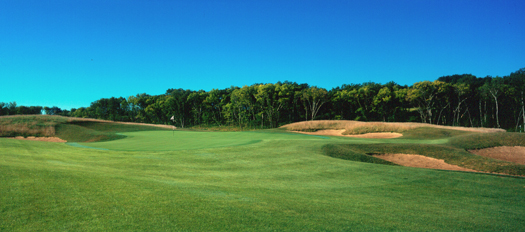 The
green on the 17th at Prairie Highlands takes advantage of a subtle ridge
that defined a drainage tributary on the edge of the Tallgrass Prairie
in Olathe, Kansas. Using these natural features saves earthwork and takes
advantage of a surface drainage feature!
The
green on the 17th at Prairie Highlands takes advantage of a subtle ridge
that defined a drainage tributary on the edge of the Tallgrass Prairie
in Olathe, Kansas. Using these natural features saves earthwork and takes
advantage of a surface drainage feature!
Design
Environment
Playability
Installed Technology
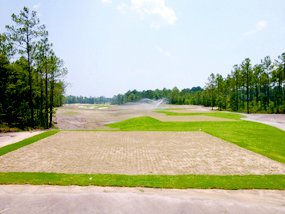
Integrating
holes with natural terrain and vegetation is a goal of site sensitive
design. The 15th at the Grande Dunes Members Club rewards tee shots that
skirt the fairway hazards on the left. The safer but longer route is to
the right, which results in a more difficult second.
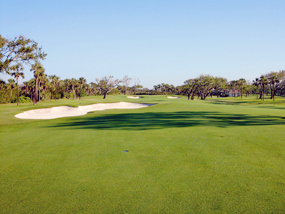
Tee
shots that flirt with the fairway bunker are rewarded with the best angle
into the green on the 7th at Johns Island North Course.
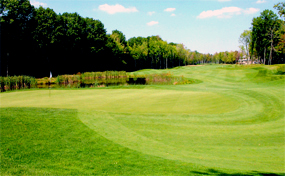
Man-made
wetlands can be manufactured to add wildlife habitat and to retard storm
water. The 10th at the Signature of Solon reveals a short hole surrounded
by hardwoods and new homes with an optional route (less direct) on the
right.

